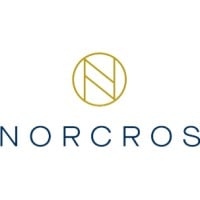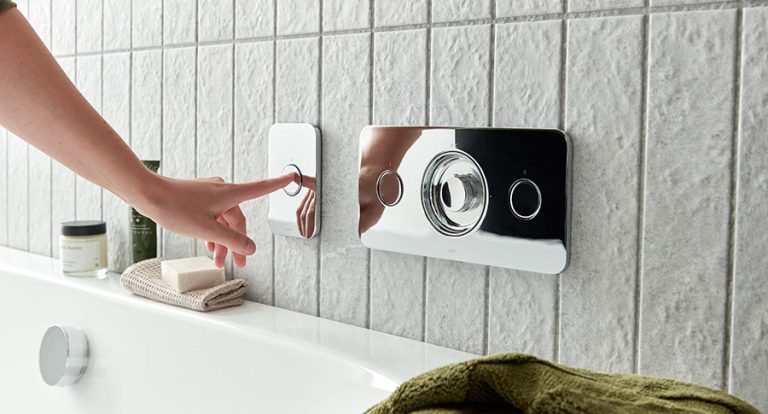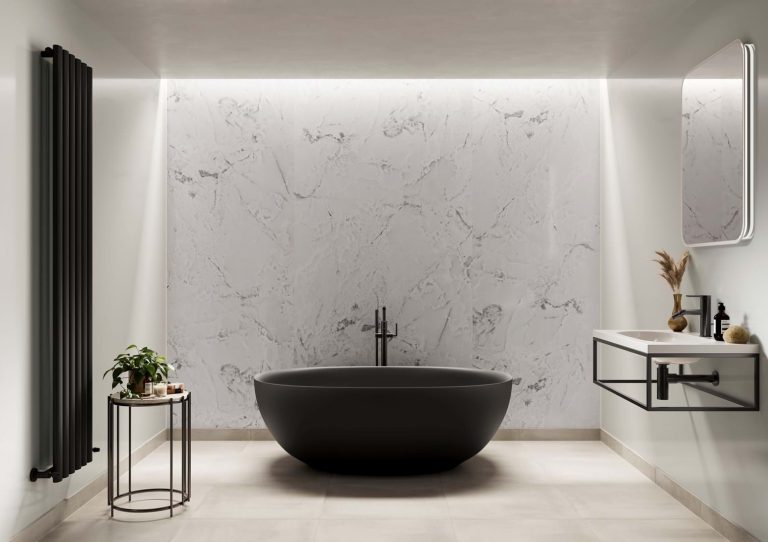An unassuming specification on your bathroom wall may hold clues to how one legacy manufacturer is quietly reshaping its competitive edge. Glancing beyond the familiar promises of style and reliability, there’s a subtle technical calculus at work, a series of incremental power uprates engineered not for showboating but to sway discerning homeowners and installers alike.
Nestling behind Triton’s new 8.5 kW, 9.5 kW and 10.5 kW electric shower offerings is a strategic choreography that balances electrical capacity constraints, seasonal water temperatures and shifting regulatory priorities. Rather than flood the market with one-size-fits-all models, Triton has carved out three distinct niches. Each model tilts the performance-efficiency dial by mere fractions of a kilowatt, yet the impact on flow rates through cooler mains water can be profound, up to a 25% lift in litres per minute between entry-level and top-end units when winter arrives. That lift means homeowners endure fewer compromises on pressure even as incoming temperatures plunge, and it gives installers an overt reason to specify a higher-rated model without resorting to expensive plumbing work.
Behind this technical fine-tuning lies an unspoken playbook. In densely filled urban developments where electrical infrastructure often maxes out around 8 to 9 kW per bathroom ring, Triton’s black-finish 8.5 kW variant neatly undercuts competition demanding 10 kW or more of supply. It signals to cost-conscious builders and retrofit specialists that a minimalist setup need not sacrifice style or reliability. Meanwhile, the mid-tier 9.5 kW model has quietly become a workhorse for suburban family homes, offering a balanced sweet spot between cable sizing, installation speed and year-round comfort. The flagship 10.5 kW variant, reserved for properties boasting robust electrical panels, speaks to a premium segment where homeowners prize assured winter performance above all else.
This triad approach is more than product variety, it is margin cadence by design. By distributing material and installation cost differentials across three power thresholds, Triton is able to nudge average selling prices upward without overtly alienating any core customer segment. For investors tracking appliance manufacturers, that is a textbook example of skimming value where value can be delivered, then pooling volume through the middle offering. Seasonal adoption curves further reinforce the tactic: as the weather cools, demand for higher-rated units typically spikes by double digits, cushioning Triton’s revenue mix even as aggregate shower volumes oscillate.
Sustainability considerations also play a discreet yet pivotal role. Each of Triton’s electric showers integrates refined flow-control technology to cap maximum litres per minute at precisely defined thresholds, reducing water and energy waste. For institutional investors increasingly sensitive to ESG metrics, the ability to tangibly demonstrate water-saving performance, particularly through colder months when heaters must work hardest, bolsters Triton’s case as a responsible operator. It aligns with tightening building regulations around thermal efficiency and dovetails neatly with the company’s carbon-neutral commitments across its UK facilities.
What may seem a modest engineering tweak, shaving the element’s copper coil to eke out another half kilowatt, actually unlocks a subtle but sustained shift in channel dynamics. Plumbers and installers, often the true gatekeepers of brand choice, are presented with a graded menu, each option steeped in an explicit trade-off narrative: fewer cable upgrades or stronger winter flow. That dialogue, founded on objective kW-to-flow tables, reduces price-only battles and cements Triton’s reputation for technical transparency. Over time, that reputational currency can translate into higher penetration across large housing projects and retrofit programmes, underpinning steady aftermarket parts revenue and ancillary service sales.
For the long-term investor, Triton’s calibrated power stratification exemplifies how a mature market can still yield pockets of growth through granular product differentiation. It underscores the notion that, even in a sector as seemingly commoditised as domestic showers, engineering nuance married to clear installer incentives can drive incremental gains in both margin and market share.
What looks like a modest family of electric showers is in truth the outward face of a broader strategic play, one that leverages kilowatt increments to optimise channel economics, reinforce ESG credentials and stabilise seasonal revenue swings.
Triton Showers specialises in the design and manufacture of electric, mixer and digital shower systems, serving both domestic and trade customers across the UK with a focus on performance, safety and sustainability.
Norcros plc (LON:NXR) is a leading B2B producer of branded bathroom and kitchen products for its UK, South African and selected export markets. The portfolio of eleven operating companies (6 UK, 2 South Africa) is characterised by strong individual brands, together providing product breadth and channel diversity from a strong supply chain base.












































